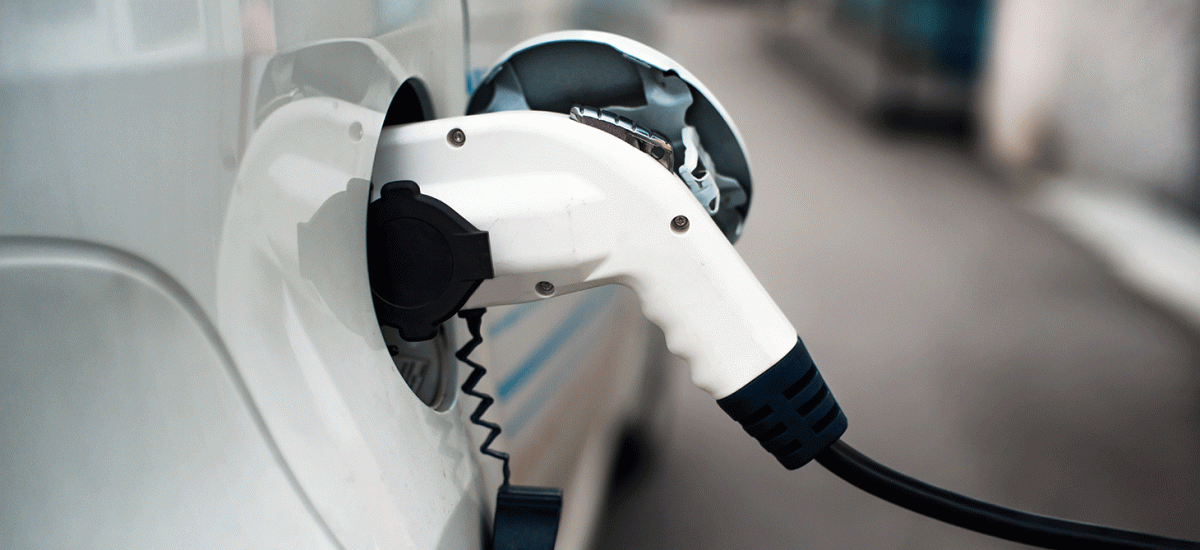

Many apartment developments feature on-site amenities. These have usually been lifestyle and wellbeing-centred but now we’re seeing a new facility making an appearance — electric vehicle (EV) charging stations.
Amidst all the electoral campaigning happening at the moment, opposition leader Bill Shorten unveiled Labor’s plans to make 50% of all cars electric by 2030, in an effort to reduce Australia’s fuel emissions.
Since his announcement, questions have been raised. How, exactly, do EVs work? Will our electricity grid cope with the increased demand? What will it take to get there? These are all valid questions, so let’s take a look at the facts.
How do electric cars work?
EVs have an electric motor, not an engine, which are powered by batteries ranging from 16 kWh-24 kWh for smaller varieties, while larger cars like the Tesla Model S are fitted with a 60 or 85 kWh battery. The bigger, the better because you’ll enjoy longer driving time before needing to recharge. All cars can be charged at home, via a domestic plug you can use in a typical wall socket. Easy!
Can our electricity grid handle it?
The argument about whether the Australian electricity grid is ready for EVs is contentious. There are plenty of people fanning the flames, saying the demand will cause network failures.
Marcus Brazil, associate professor of electrical and electronic engineering from the University of Melbourne, said in an interview with Business Insider Australia that, with simple technological updates, we could have up to 50 per cent more EVs without needing to change the fabric of our current infrastructure.
“The technology isn’t difficult and most houses in Victoria have smart metres which you can use to help with the demand management,” he said.
What will it take to get there?
The key to it all? Shifting electric vehicle charging away from peak times (5-7pm). EVs are amongst the most flexible electric loads in the grid. Unlike showering, cooking, and heating our homes, EVs can be charged outside peak times — like overnight, when there is less demand on the network overall.
By doing so, research indicates our electrical grid can handle as much as 60 per cent more EVs — that’s 10 per cent more than Labor’s proposal.
Developers are already ahead of the curve when it comes EVs. Now, developments like Paragon of Pyrmont by Thirdi Group are being built with on-site Powerwall2 charging ports, so residents can buy and store energy at off-peak times.
Source: Business Insider and The Conversation


